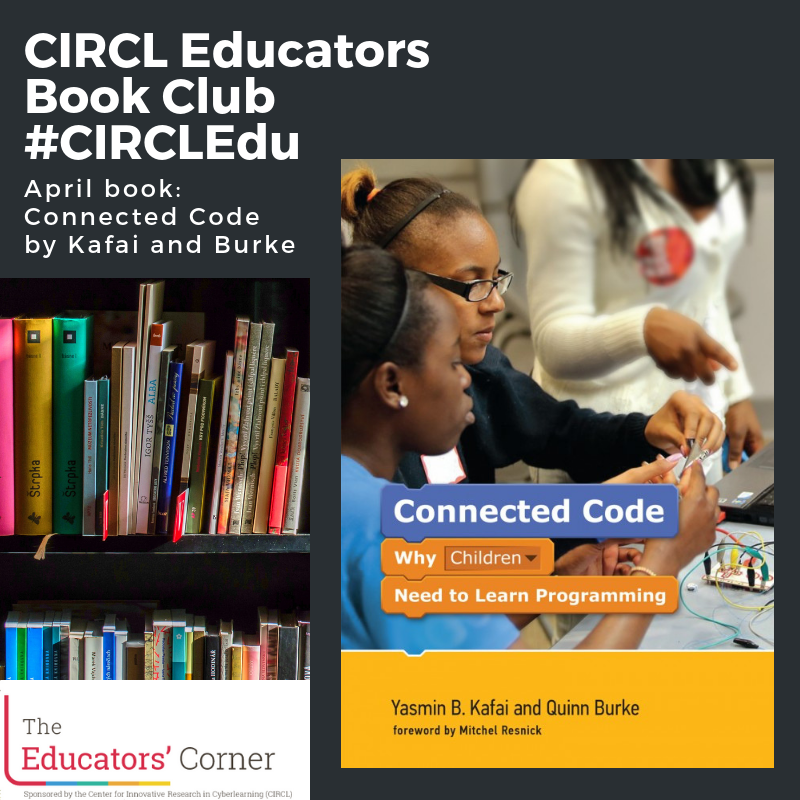By Judi Fusco
TLDR: When you really don’t want to do something, having a friend help you learn can make all the difference. Emotions and learning drive the learning process.
Today’s post, is a reflection piece. I usually ground everything I write in research, but I have so much swirling in my head based on a lot of reading, and on an experience I had while learning something new.
Have you ever said something like, “Nope, no way am I ever going to do _______.”?
I said it repeatedly, and over the course of many months, to a person. She was persistent and kept asking me to learn this new thing for at least 6 months. I said no a lot, however, wait for it…. now I am doing it.
Why am I doing it? Because the person who asked me (repeatedly) to do it means a lot to me. She wanted me to learn something new–that new something was out of my usual area of interest and something I never saw myself doing. Two strikes against her and the new thing, but somehow she got me to try it, helped me until I felt comfortable on my own, and now, almost 6 months later she is still my mentor and helps me understand more. She comes and talks to me about it and we work on it together so that I can learn more. We also have a lot of fun doing it. This post is a reflection on how this person got me to do _______. (I will discuss what I learned a little later in this post. First, I want to discuss the learning process.)
I see similarities in what my “coach” did and what instructional coaches do to motivate teachers to incorporate new technologies and pedagogies into their classrooms. When I talk with teachers who are being coached as they integrate technology or some new teaching method into their classroom, I hear many things about relationships between them and their coaches. Where we see coaches having success in getting teachers to try new things and make changes in their classroom, we usually also see strong relationships between the coach and the teacher with trust, respect, and sometimes friendships (not required). We see the coach supporting the person until their own interest develops and their identity changes. This is similar to what I experienced. Honestly, my relationship is the only reason why I was willing to even think about learning the new thing. My coach was patient and persistent when I was resistant. She encouraged and motivated me.
Relationships and emotions are an important part of learning, and for the past couple of years, I’ve been thinking about them more. I recently read the new brief on how emotions and relationships drive learning by Mary Helen Immordino-Yang and Linda Darling-Hammond. While the brief is written about children, emotions and relationships are very important in the learning process for adults, too.
Relationships bring so many things to the learning process. A relationship that helps support the learning process includes at least trust, respect, and motivation. For me, I definitely needed that motivational piece as I learned. Trust and respect are essential, but not enough when learning something new takes a lot of time and effort. A trusted coach helping with every step of the journey and giving that motivation can really make a difference. (Note, the journey can be longer or shorter depending on the person being helped, their interest, and the new thing being learned.)
I imagine that most people don’t really invest in learning something that they don’t like at all. For me, I didn’t want to do _______. What is ___________ you may ask? It’s Pokémon GO. There’s a lot to learn as you play. There are strategies involved. There are lots of rules and tricks. Also, remember, I didn’t want to play it at all. I didn’t know anything about it and I wanted to keep it that way. I thought it was a useless waste of time. But I liked the person who asked me and she took the time to show me what I needed to know. “She” was my 12 (now 13) year old daughter. She was asking me to hang out, and if a tweenager wants to hang, you should do it! However, despite the fact that I wanted the opportunity to spend time with her, I still didn’t want to learn the game.
As I mentioned before, playing this game was big identity change for me. Part of my identity is that I don’t play games. I imagine that teachers who aren’t interested in using technology in their classes or don’t see themselves as technology people also go through a similar identity change as they start using technology. (I’ll explore more about interest, identity, and learning in the near future, in another post.) Here, I really want to stress that without my relationship, I wouldn’t have learned. My coach took the time to show me what I needed to know. She answered all my questions and she never made me feel bad for my questions. I wouldn’t have ever been interested, much less chosen to learn on my own. I needed her to provide external motivation for me. In fact, in the beginning, I needed so much that she was kind of dragging me along in the learning process.
As teachers, we try to help students with this kind of support, but we may not get it ourselves. With a coach, the odds increase for this kind of support. Making changes in a teaching practice is difficult because a teaching practice affects other people, students and future students. Most teachers are cautious about wanting to make a change to something that generally works in practice because of all of the people who depend on it. That’s where a colleague or a coach can really help. There are times when a teacher is so interested in making the change that they can do it on their own, but most of the time, it’s so much easier to make a change with the help of someone else.
In this post, I’ve been thinking a lot about teachers and changes in practices, but I think we could insert any age learner in a scenario of making a change that they aren’t interested in making. Relationships strengthen the learning process at any age and are something we should think more about in the learning process. What do you think about the importance of relationships in learning? I’d also love to hear about changes you’ve made to your practice. How’d you do it? Did you have support or did you do it on your own? Have you ever had an instructional coach? Would you want an instructional coach? Are you an instructional coach? We’d love to hear from you — Tweet to @CIRCLEducators or use #CIRCLEdu.








